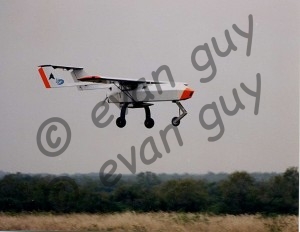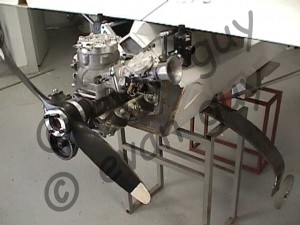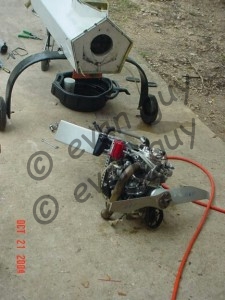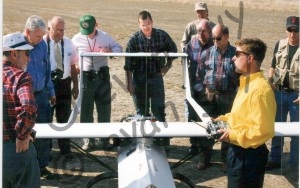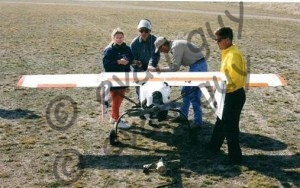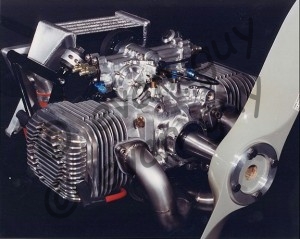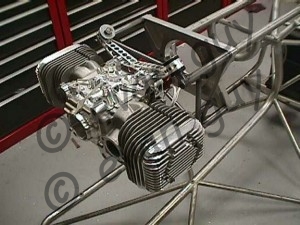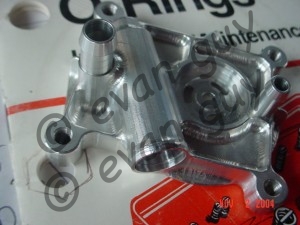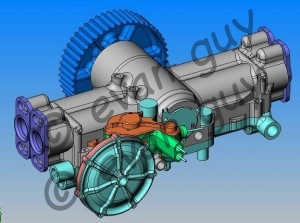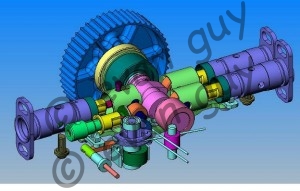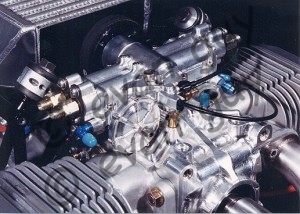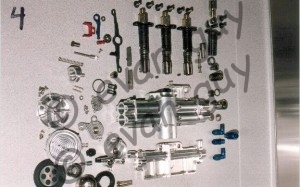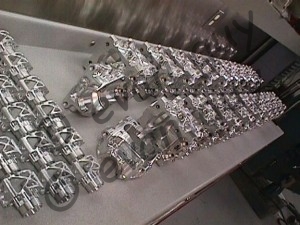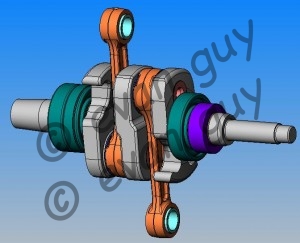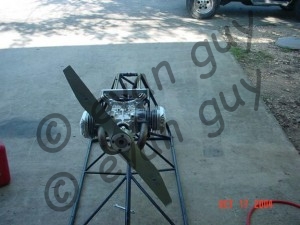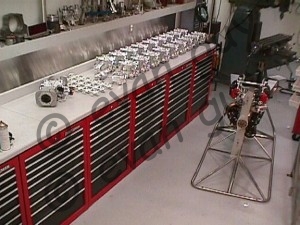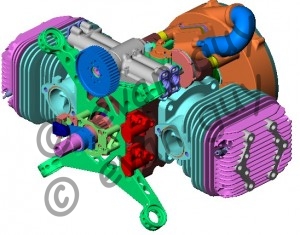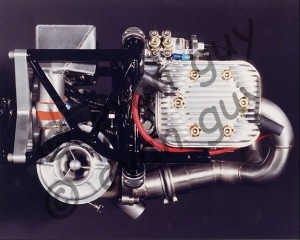 The US Department of Defense has long sought “a single fuel battlefield”. They want all of their vehicles, engines, and aircraft to use one type of fuel. Gasoline and diesel fuel, while seemingly similar hydrocarbon fuels, couldn’t be more different from their characteristics. Likewise, a gasoline engine couldn’t be more different than a diesel, from a combustion standpoint. The different types of combustion and the different fuels that power each is a complex subject that I won’t try to explain here.
The US Department of Defense has long sought “a single fuel battlefield”. They want all of their vehicles, engines, and aircraft to use one type of fuel. Gasoline and diesel fuel, while seemingly similar hydrocarbon fuels, couldn’t be more different from their characteristics. Likewise, a gasoline engine couldn’t be more different than a diesel, from a combustion standpoint. The different types of combustion and the different fuels that power each is a complex subject that I won’t try to explain here.
Jet fuel is the preferred fuel. Gasoline and diesel are vastly different. Jet fuel is pretty close to diesel fuel, but a long way from gasoline as far as fuel properties go. Jet engines and gas turbines obviously use jet fuel. Diesel engines can use jet fuel with some slight modifications and slight performance degradation. Spark-ignited gasoline engines can’t use jet fuel. Gasoline engines are the DoD’s least favorite engines. The flash-point is low, so the fuel is easily ignited–a safety concern. Hauling high-grade gasoline half way around the world is a huge logistical problem. Logistically, the ‘single fuel battlefield’ make huge sense! So WHY does the military still use gasoline engines? Two words: Power Density!
The Unmanned Aerial Vehicle (UAV) is a spy plane. It takes off at maximum power, cruises to its destination at a pretty good speed, then “loiters” on target for as long as possible. Loiter is a low-power, slow flight. For small UAV’s, a gas turbine or jet engine is a poor choice. These engines do not scale down to small sizes very well and they have high specific fuel consumption at light load (loiter mode). And diesel engines have very low power density. If a 200lb aircraft needs 20hp, a diesel engine would weigh 200lbs, as much as the whole plane! It wouldn’t fly, it would only taxi around on the ground. The power density of a 2-stroke gasoline engine is about 10 times higher; 20hp is about 20lbs! The DoD has been pretty successful in their ‘single fuel’ quest, but there are still a few fringe areas that are problematic. The small UAV is one of the problem areas.
Working with a research organization many years ago, they proposed to build a heavy fuel engine. I provided my views on project direction and was told that my direction wouldn’t work and that theirs would. I said, “OK, would it be a problem if I go design my engine and you do yours?” They told me to go for it. A zillion man-hours later, I won our friendly competition! My HF-1 engine runs VERY well, better than its gasoline counterpart! It is spark-ignited, makes favorable BSFC (measure of efficiency), no visible smoke, and has high power density.
The DoD kept saying, “we have to have this”. I produced a fresh design and enough parts for 20 engines, yet didn’t sell even one. That was 1999-2000. Heavy Fuel Engines are STILL a big problem! I’ve decided to re-enter the HFE fray and I’m going to hit it hard! I’ll produce 4 running heavy fuel engines, then sell the technology as a package.
Video of MY Heavy Fuel Engine flying in 1999:
Pictures of the Merlin UAV and my HF-1 engine:
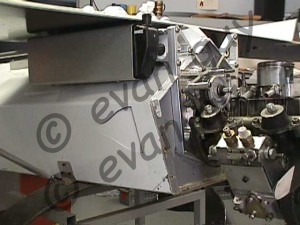 I tucked the radiators in the void between the wing and fuselage–it packaged well.
I tucked the radiators in the void between the wing and fuselage–it packaged well.
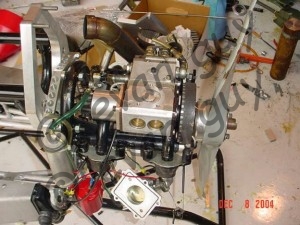 This is the under side of the HF-1 prototype. There’s a whole lot going on under there!
This is the under side of the HF-1 prototype. There’s a whole lot going on under there!
Pictures of a fresh design, my Spectre 500 horizontally-opposed twin engine:
